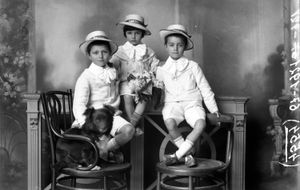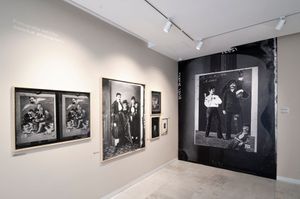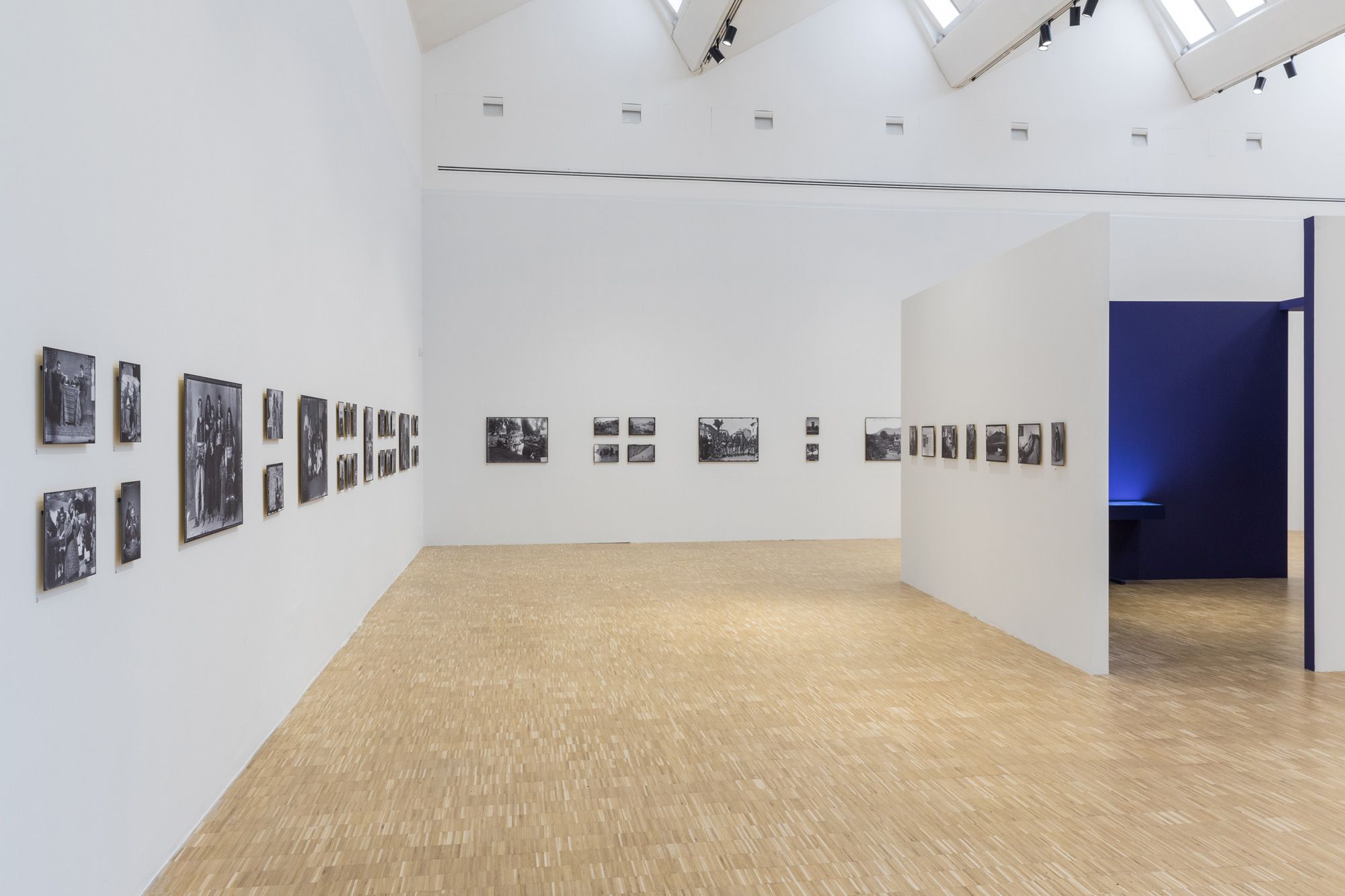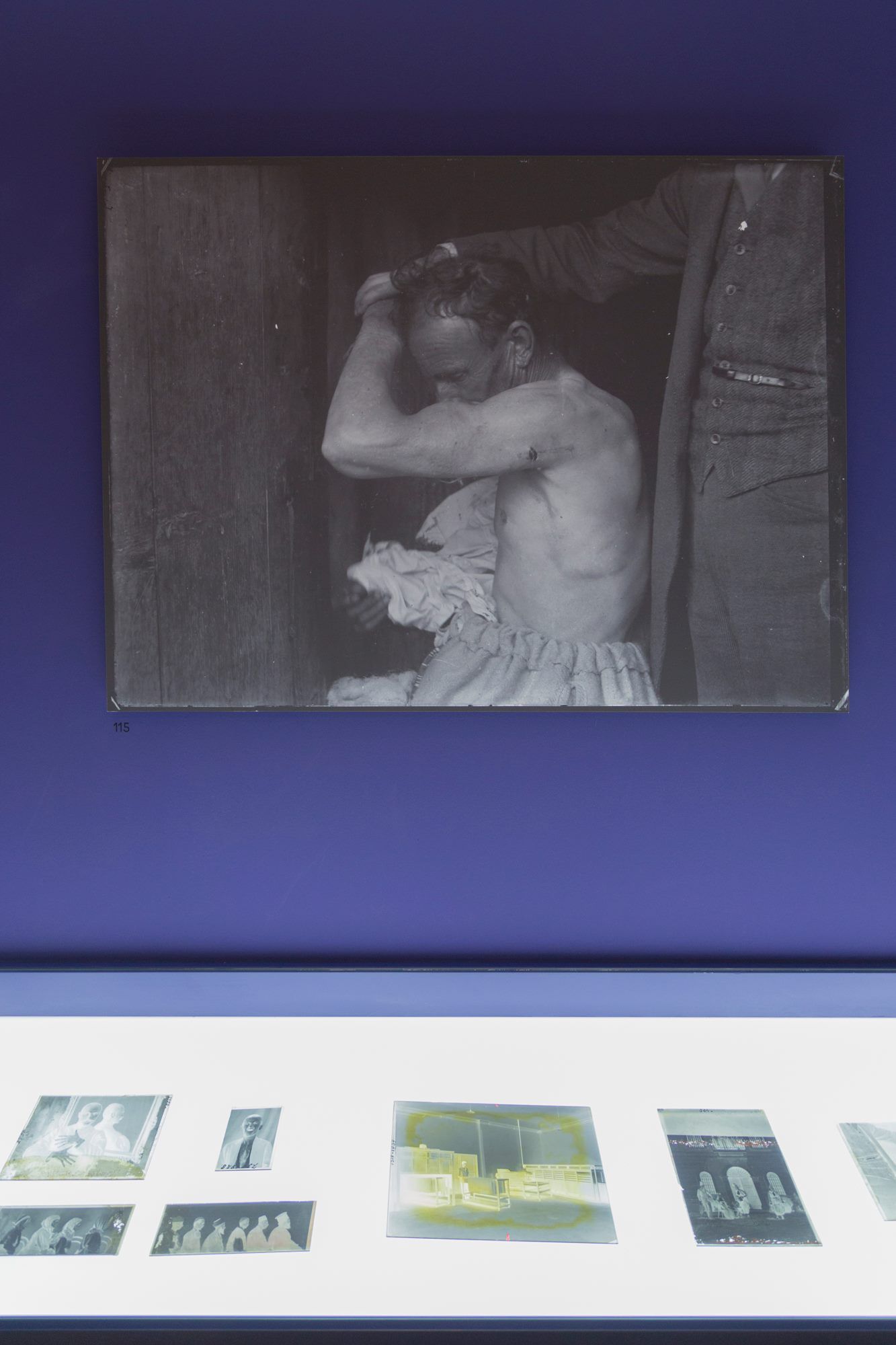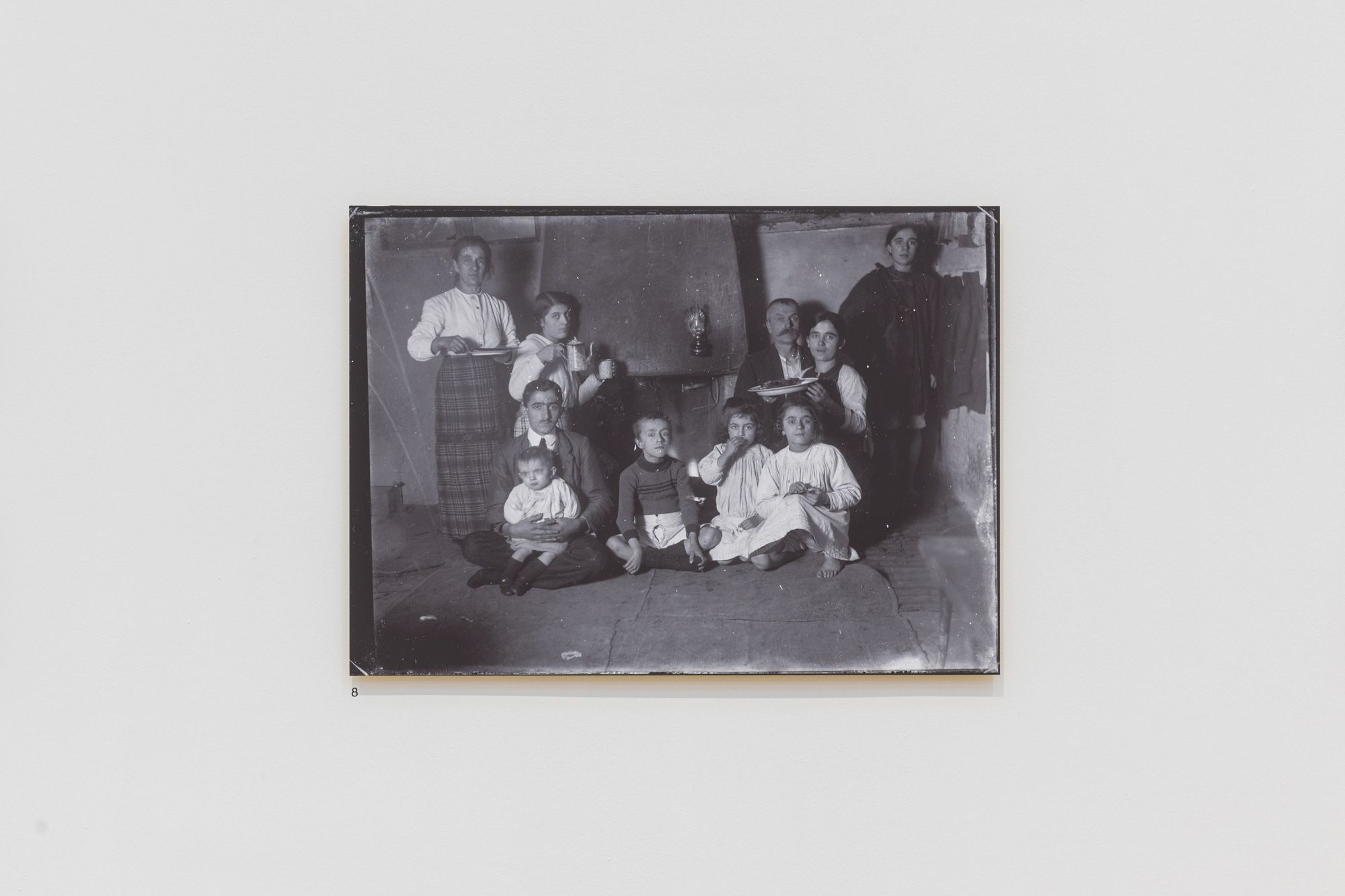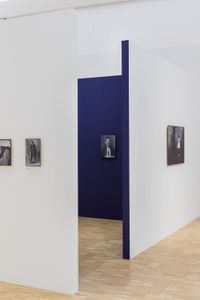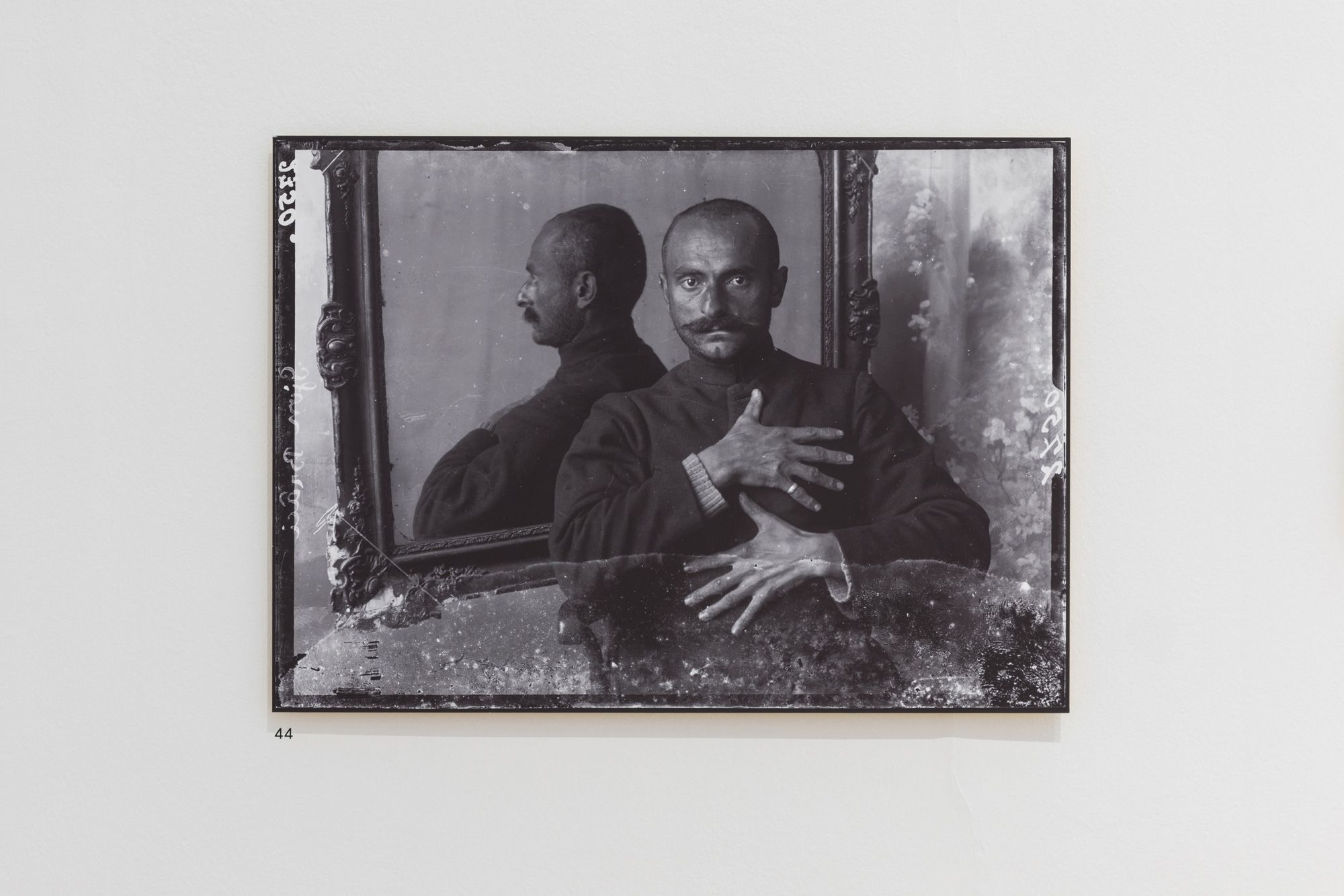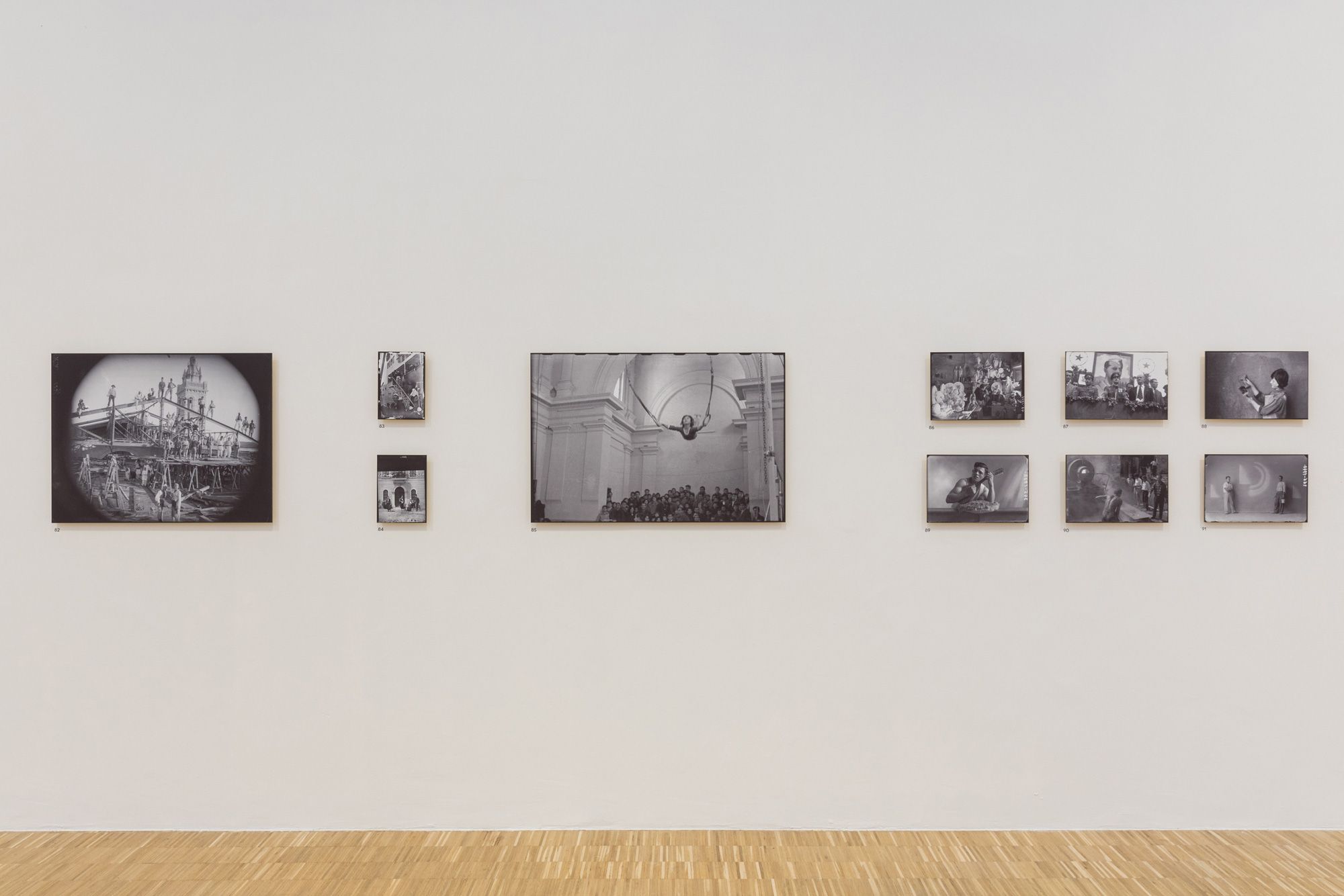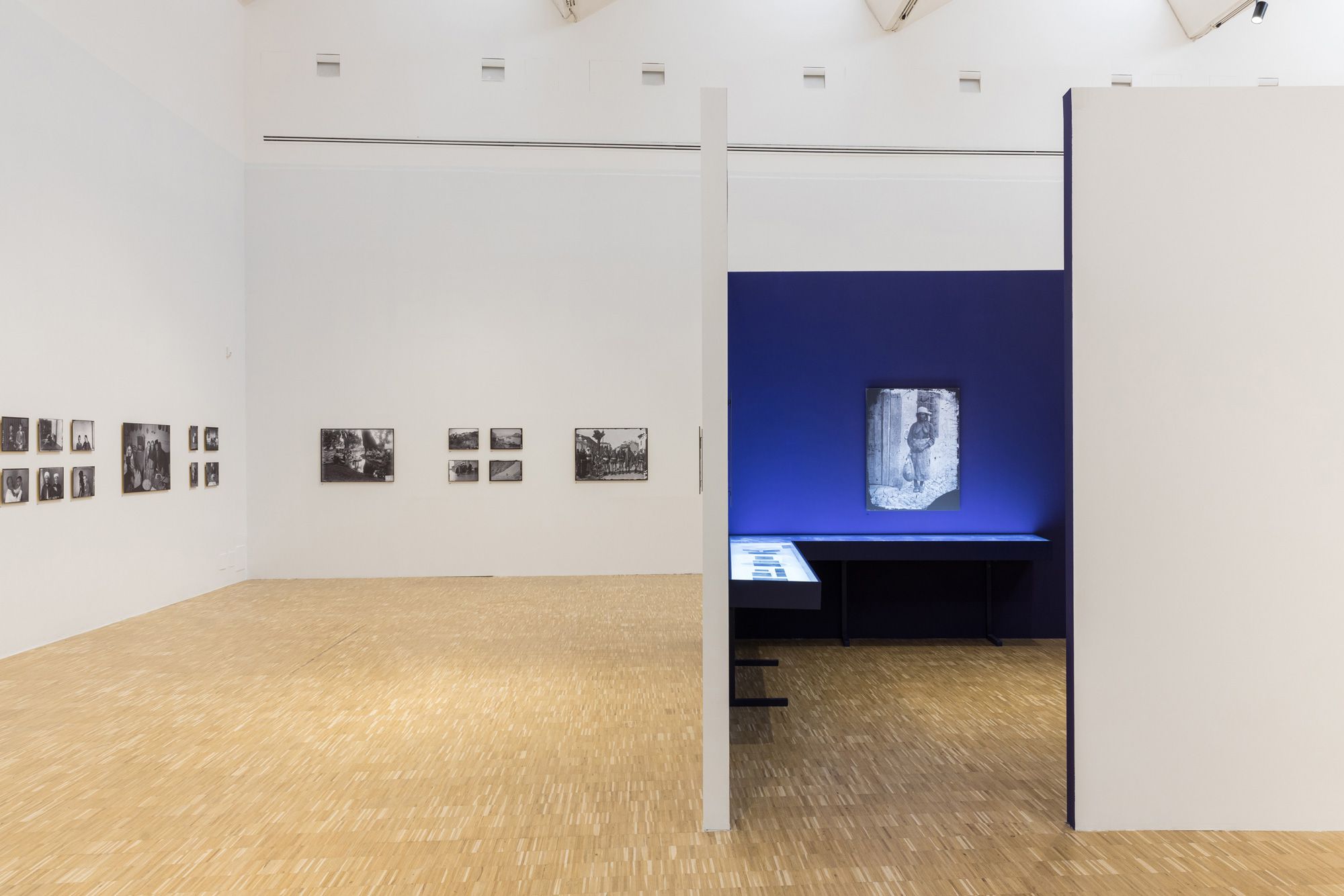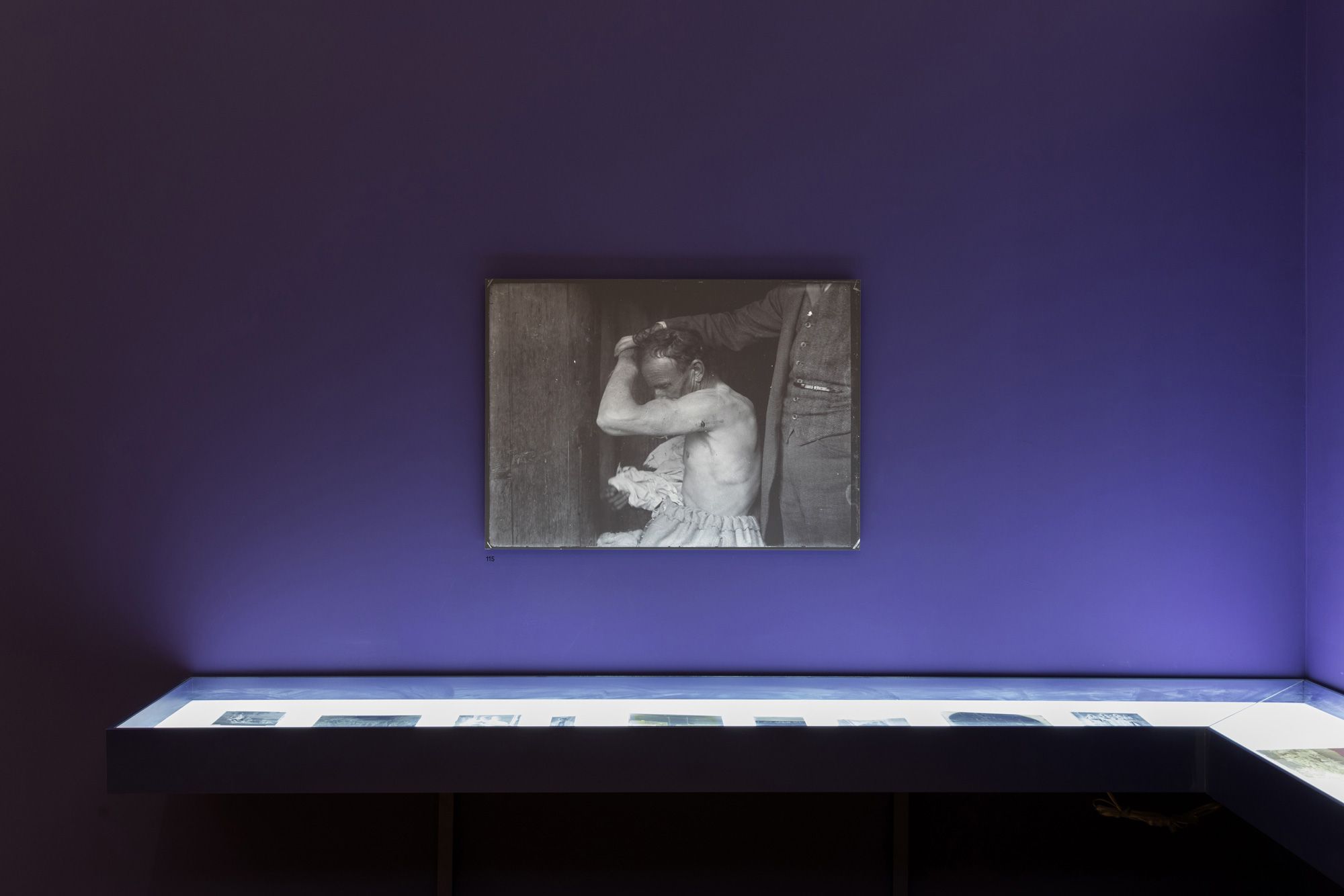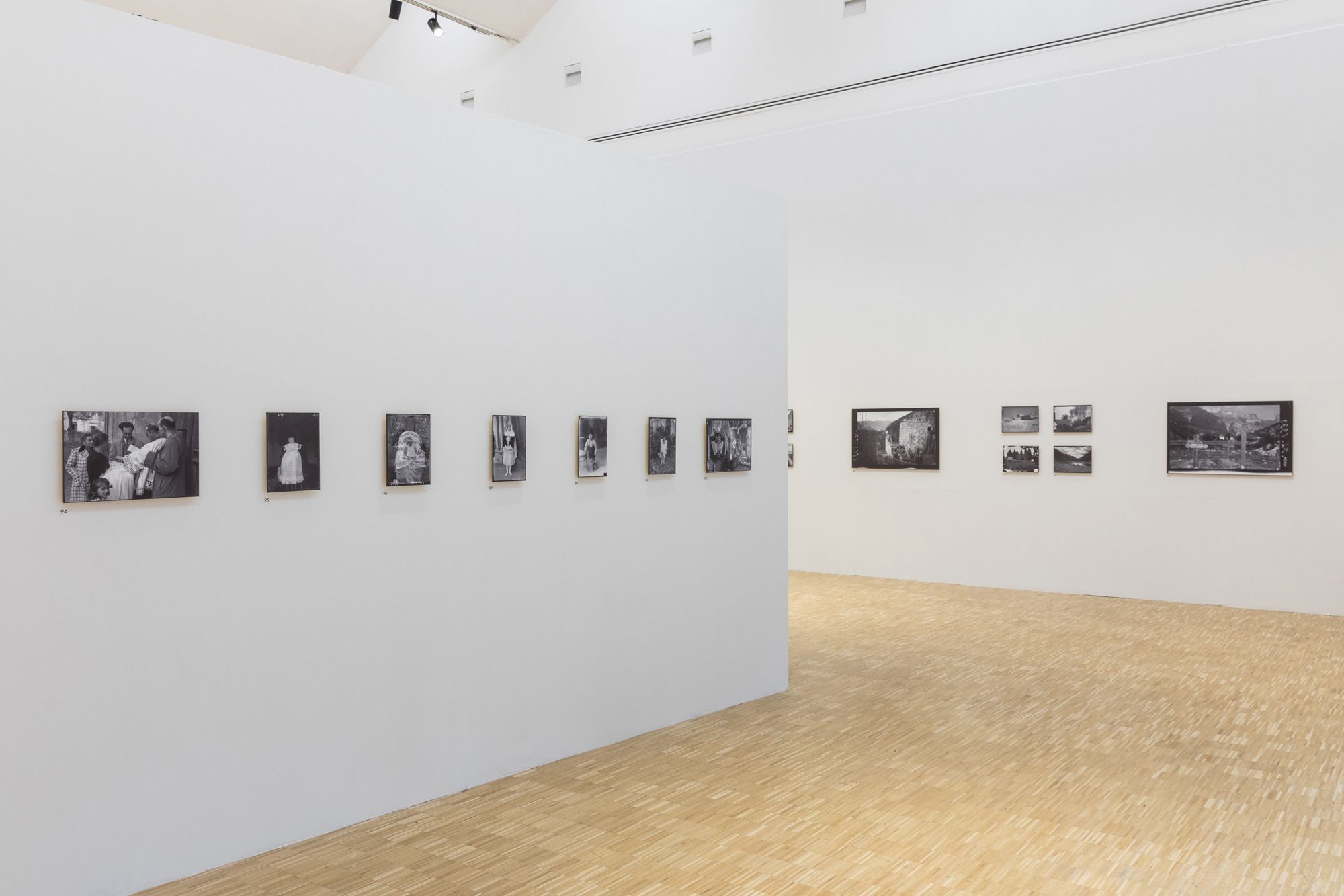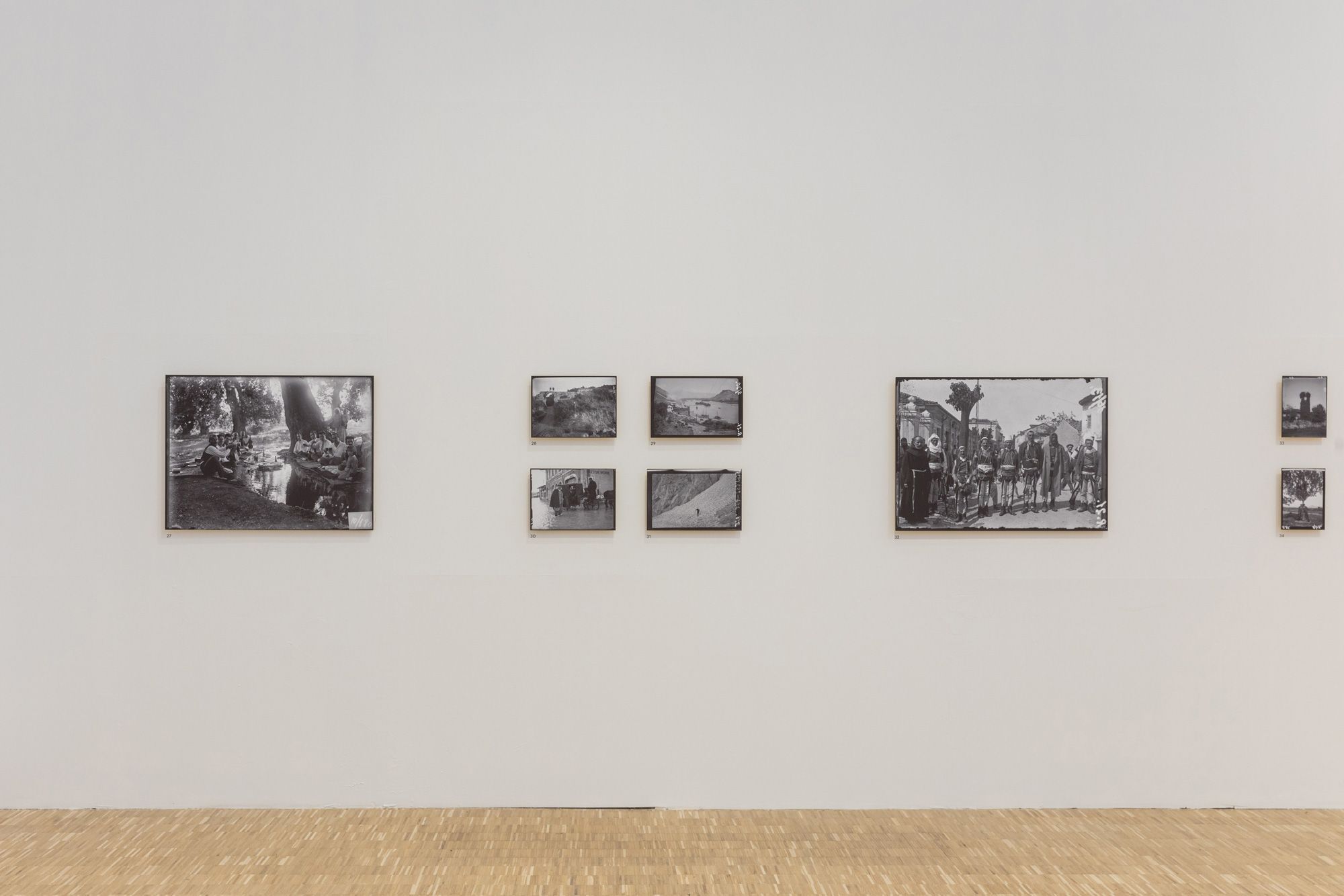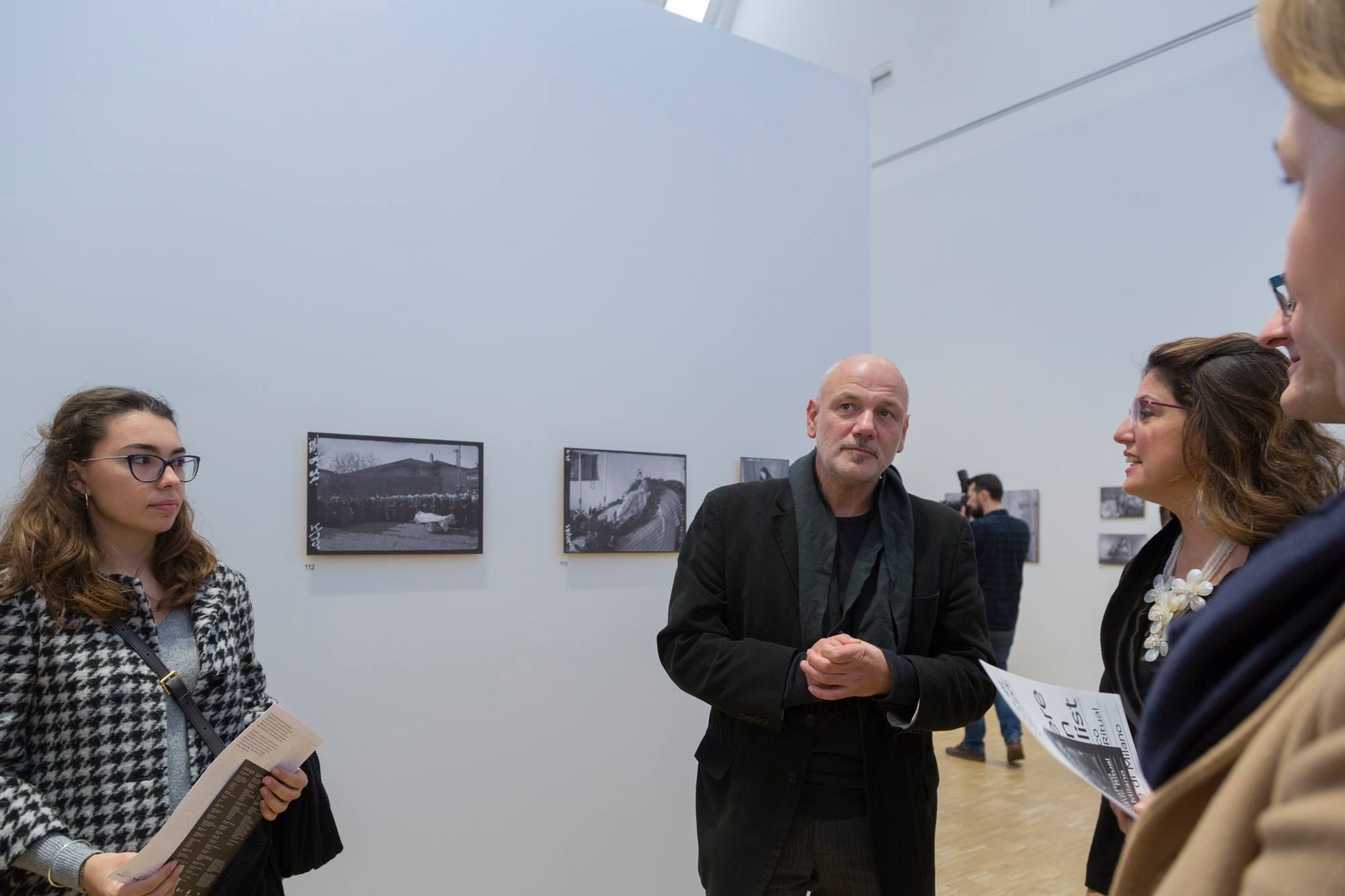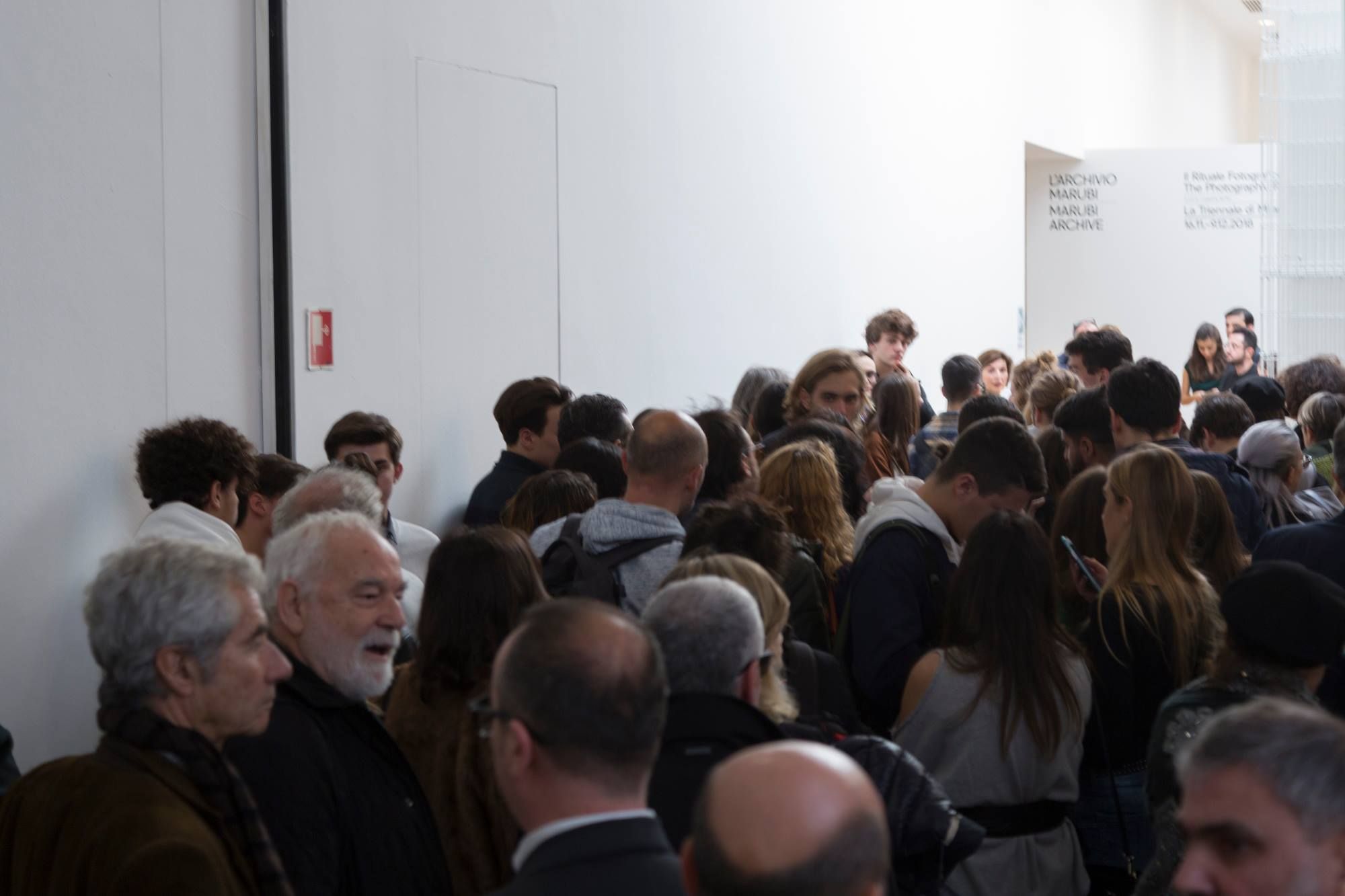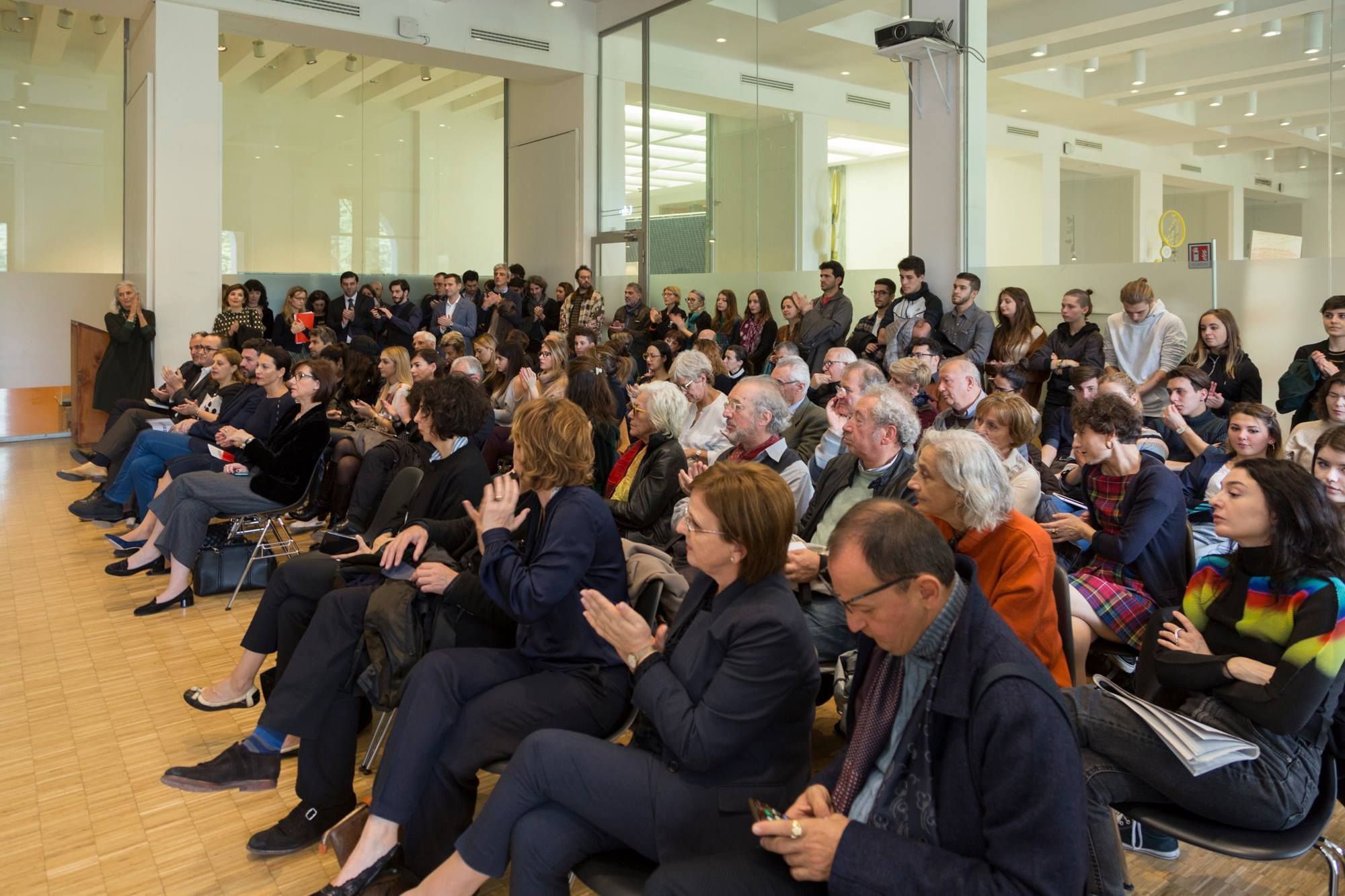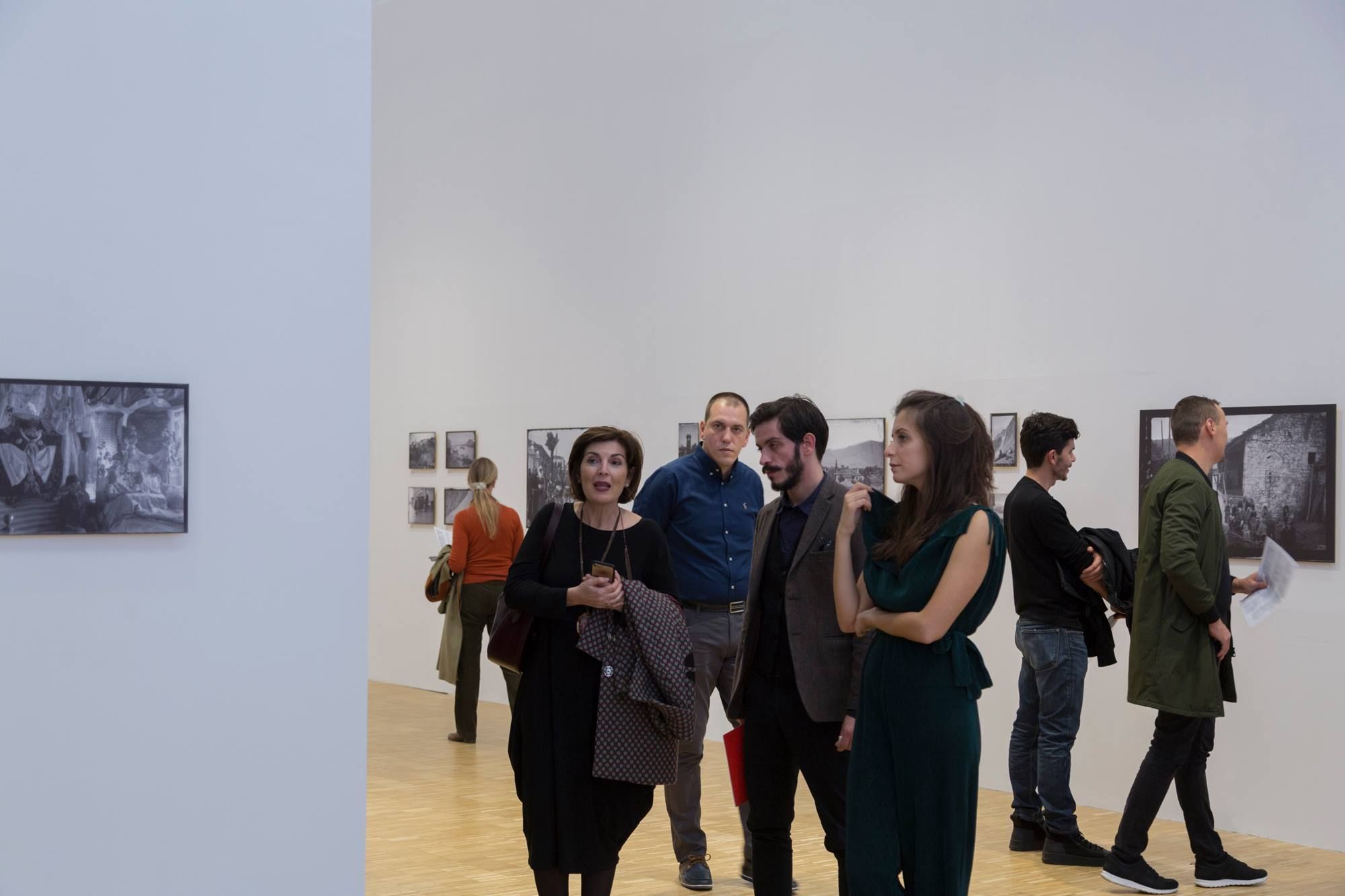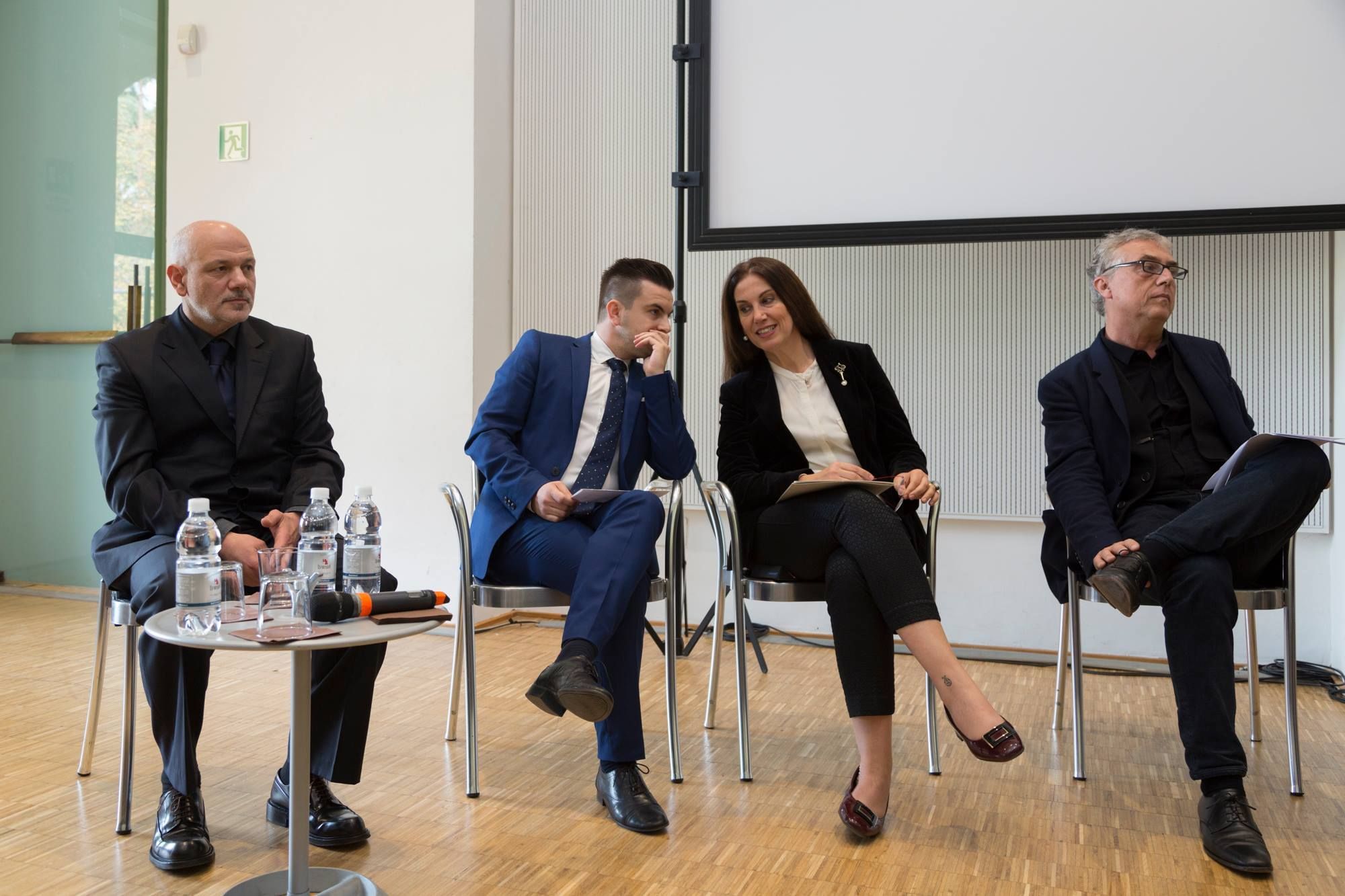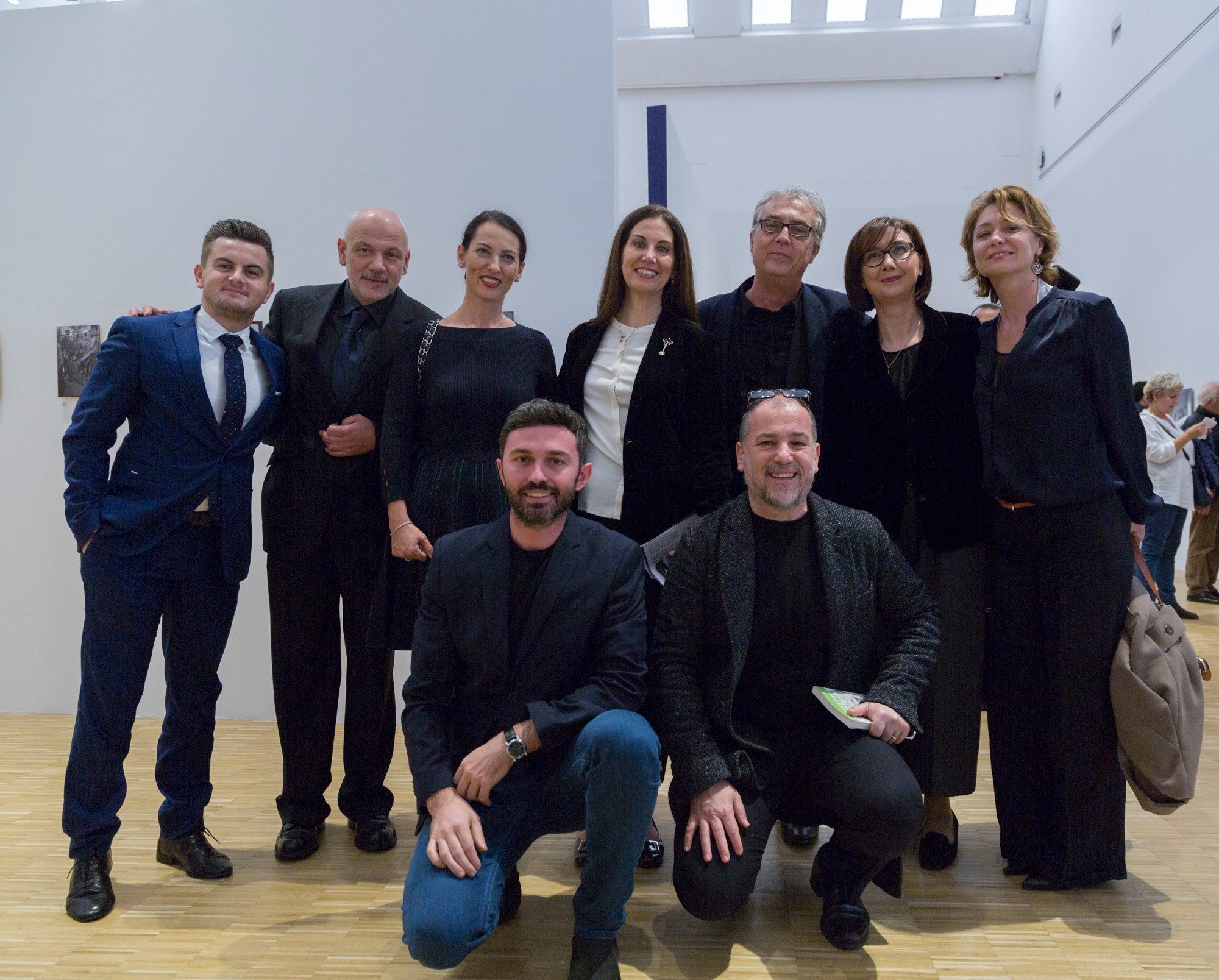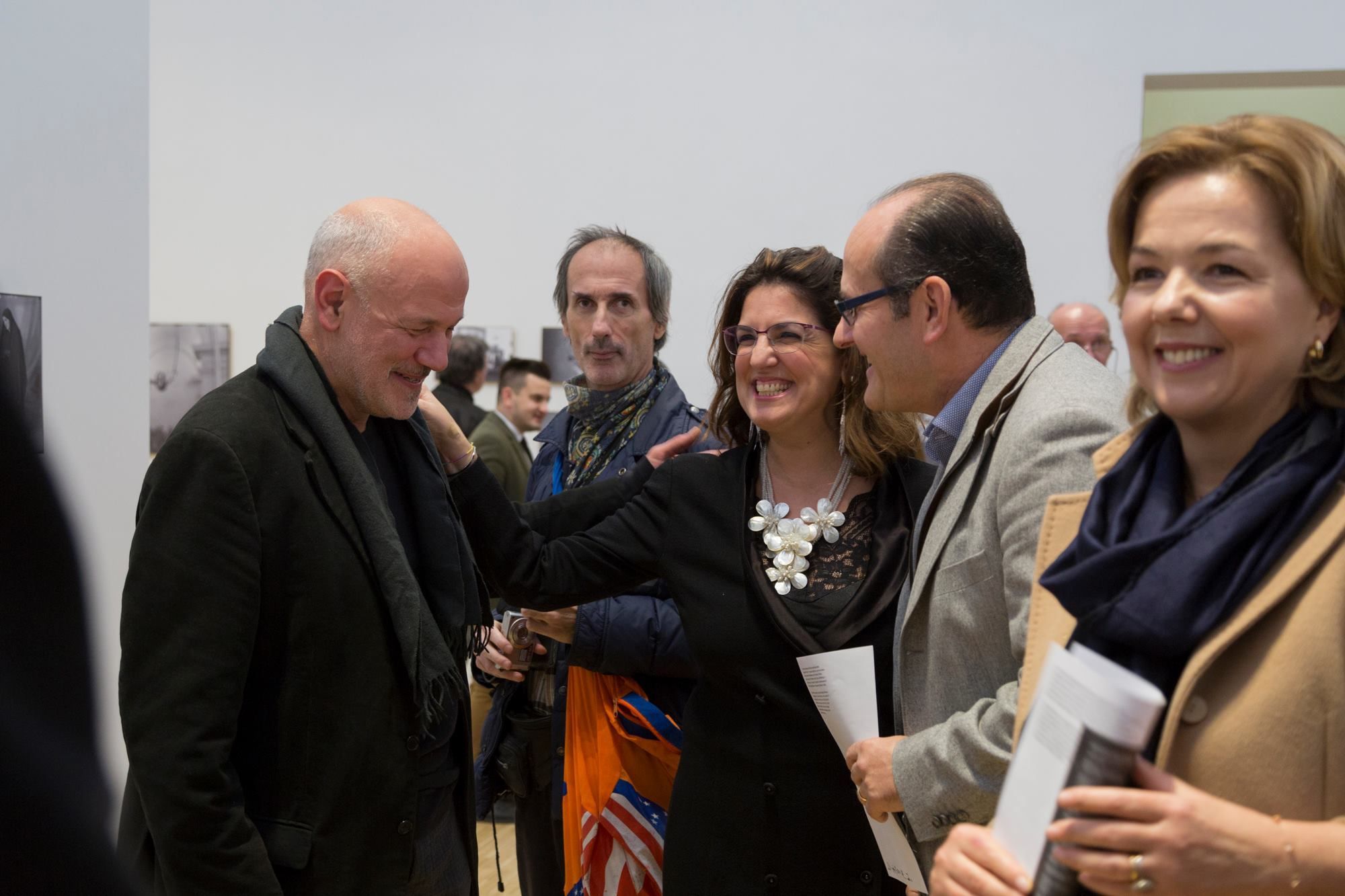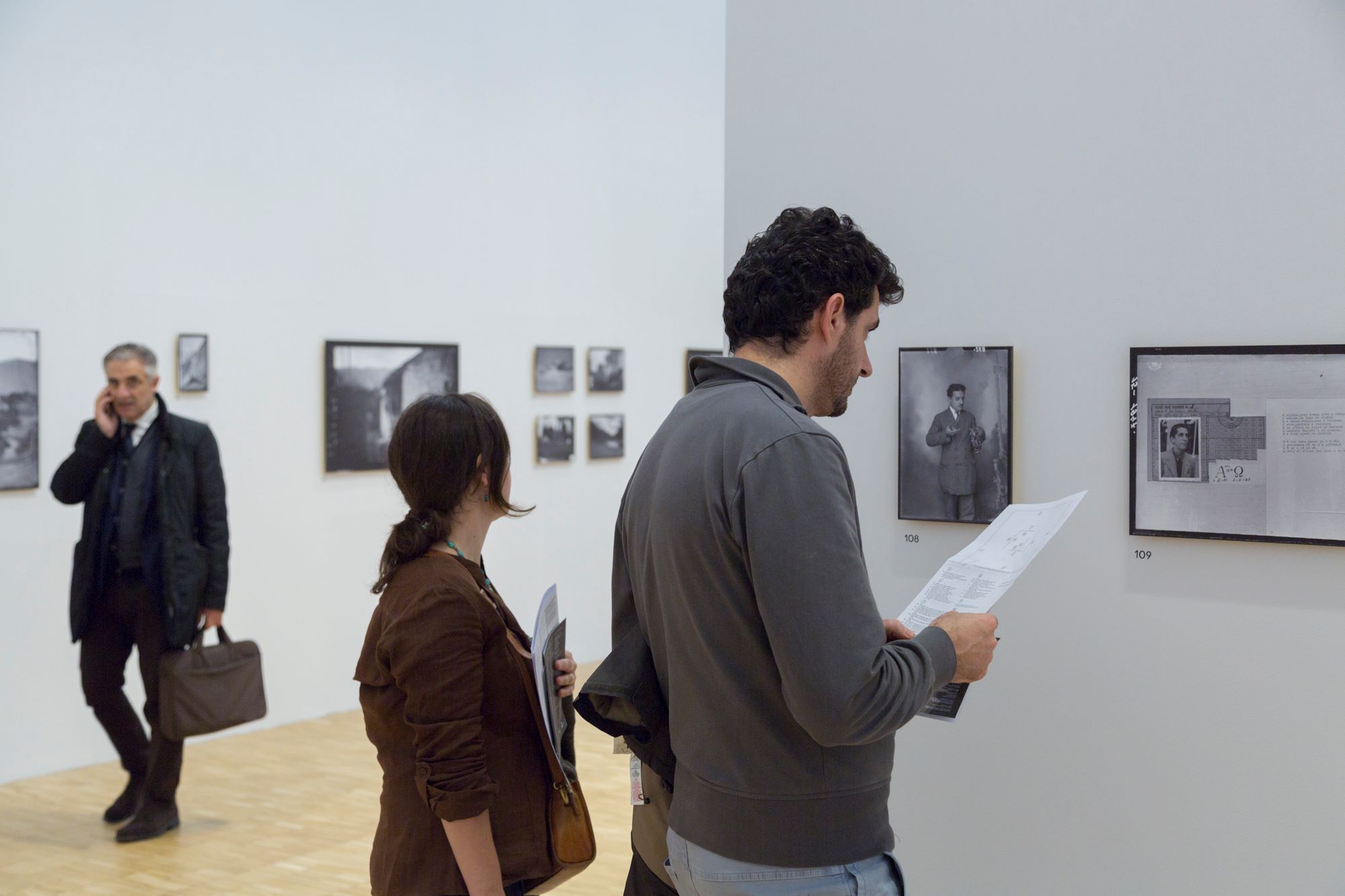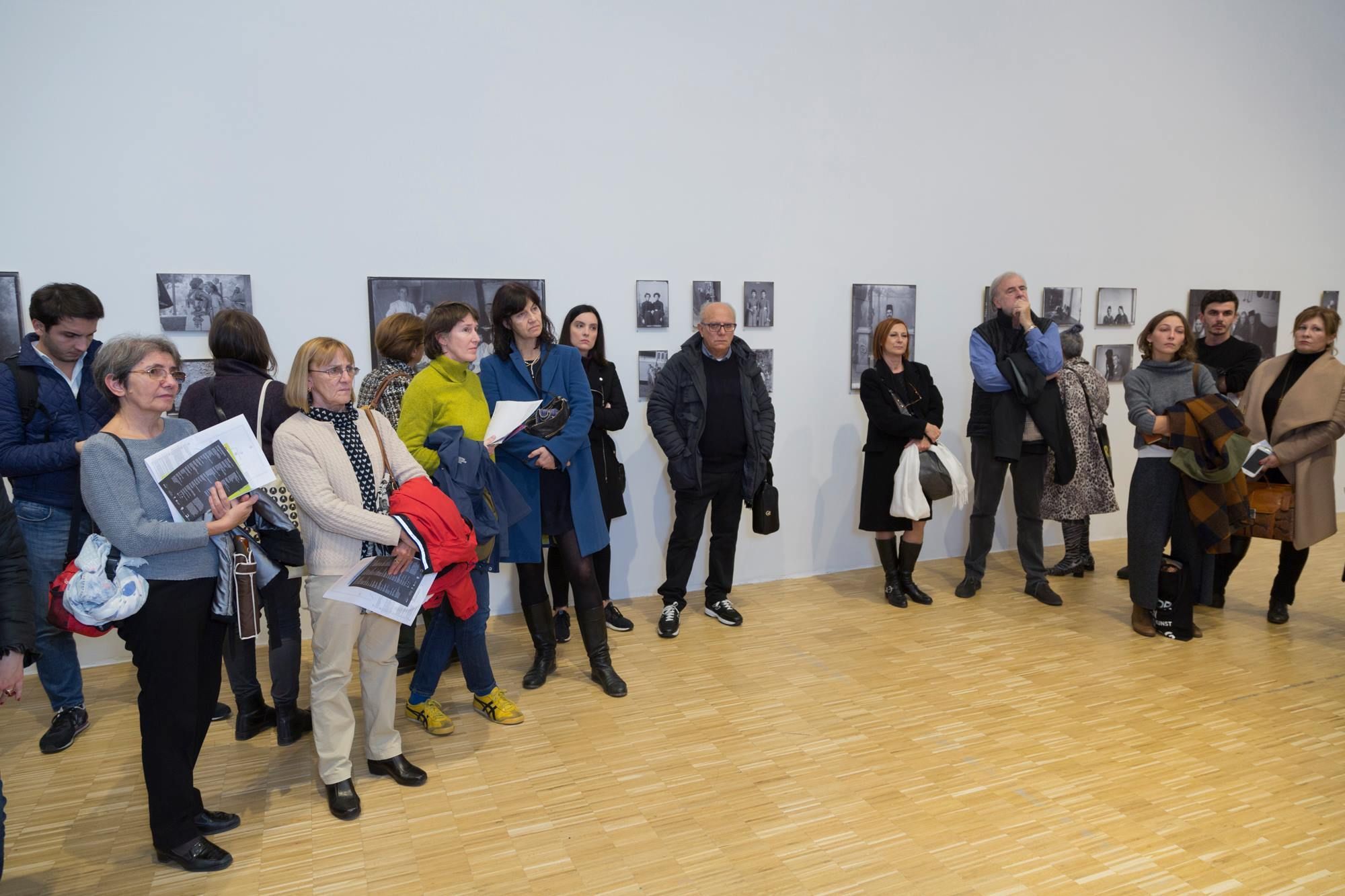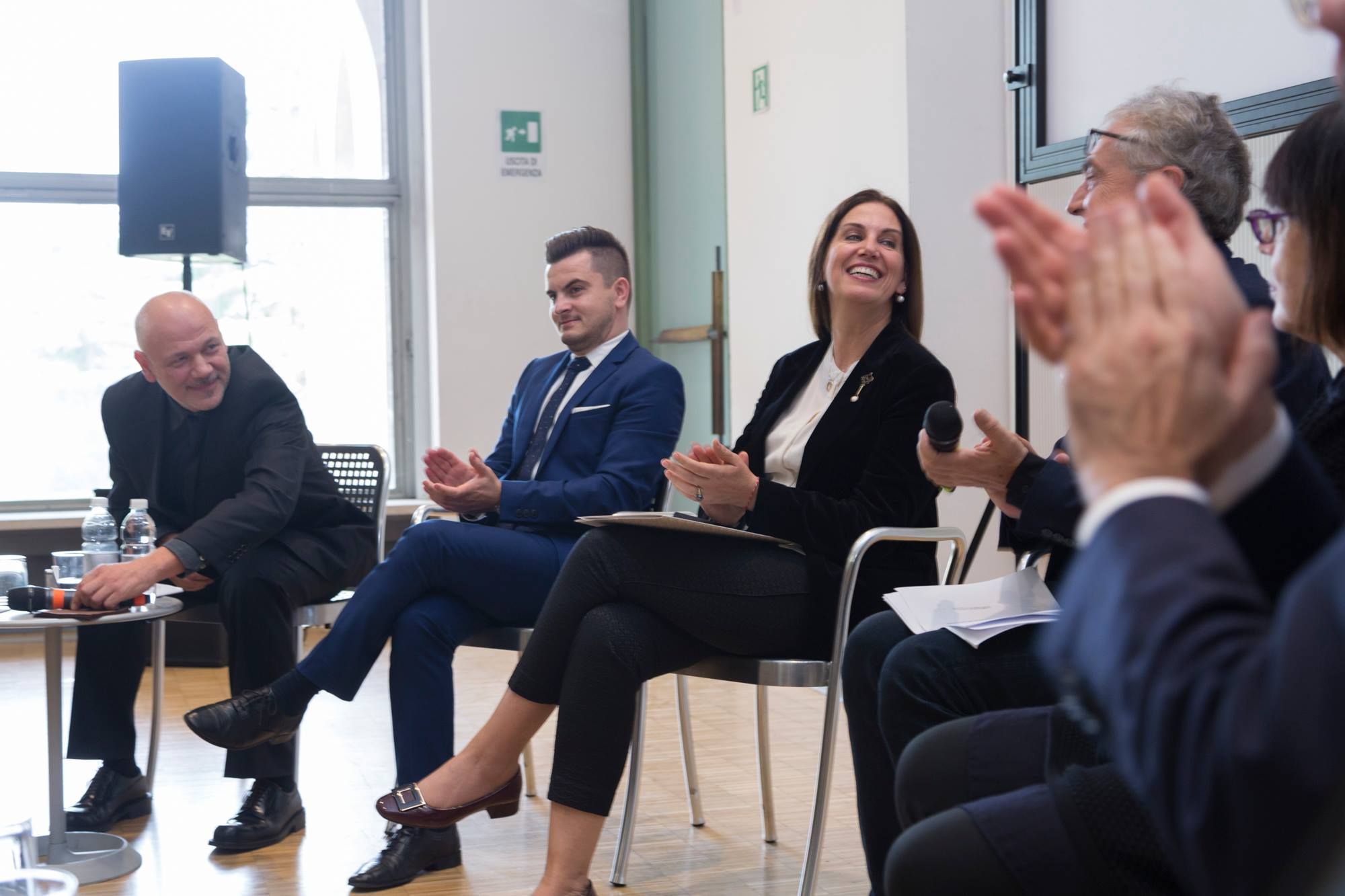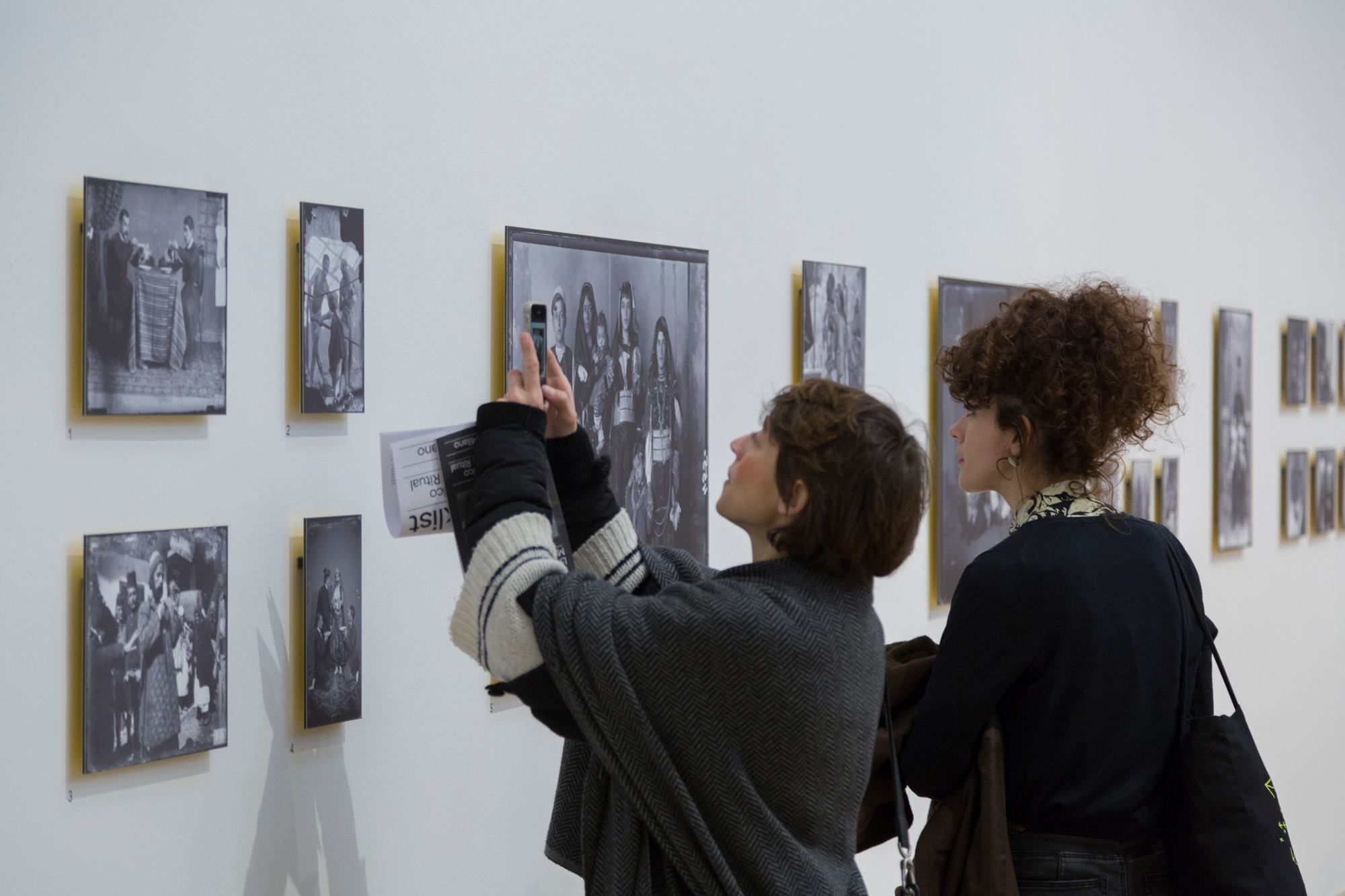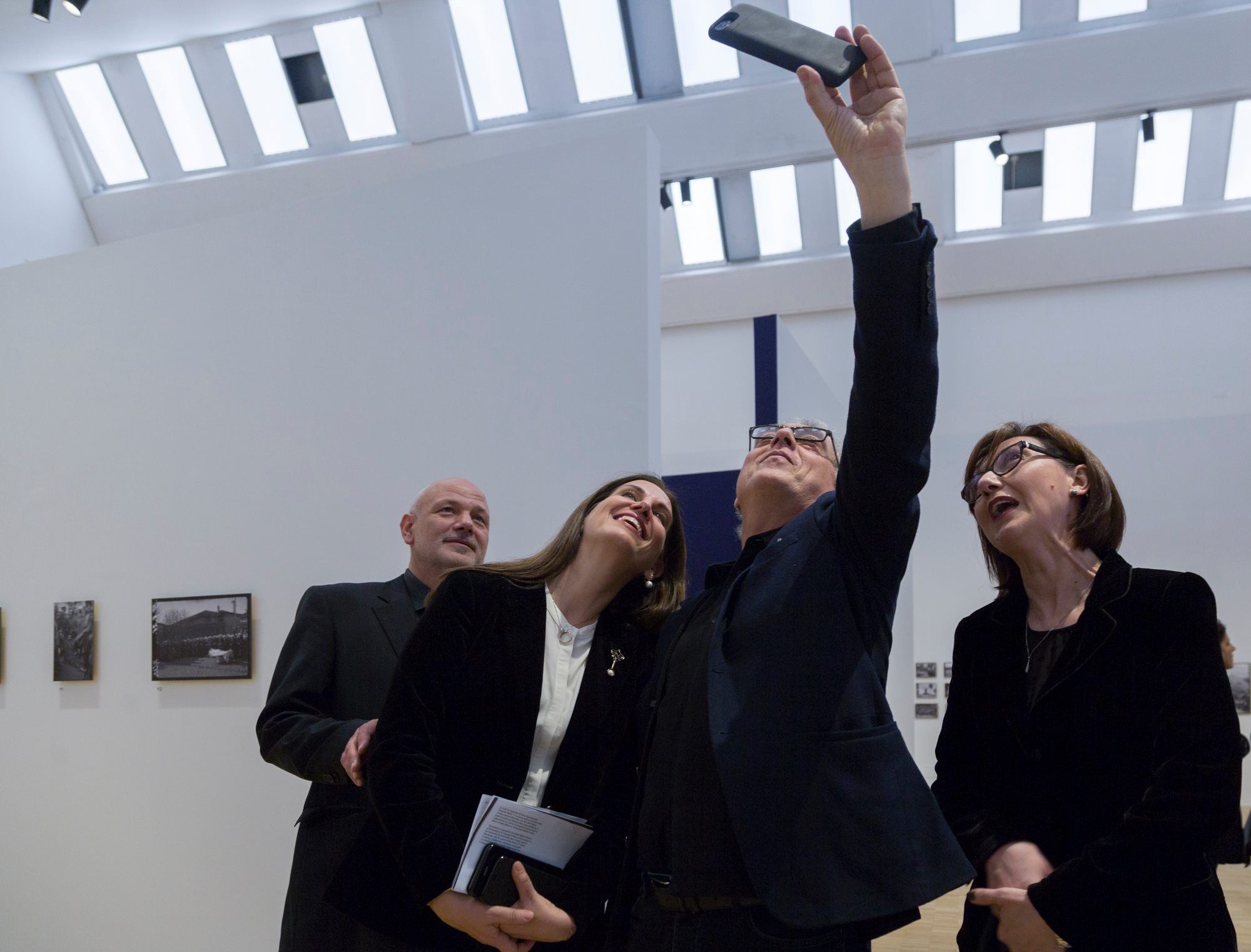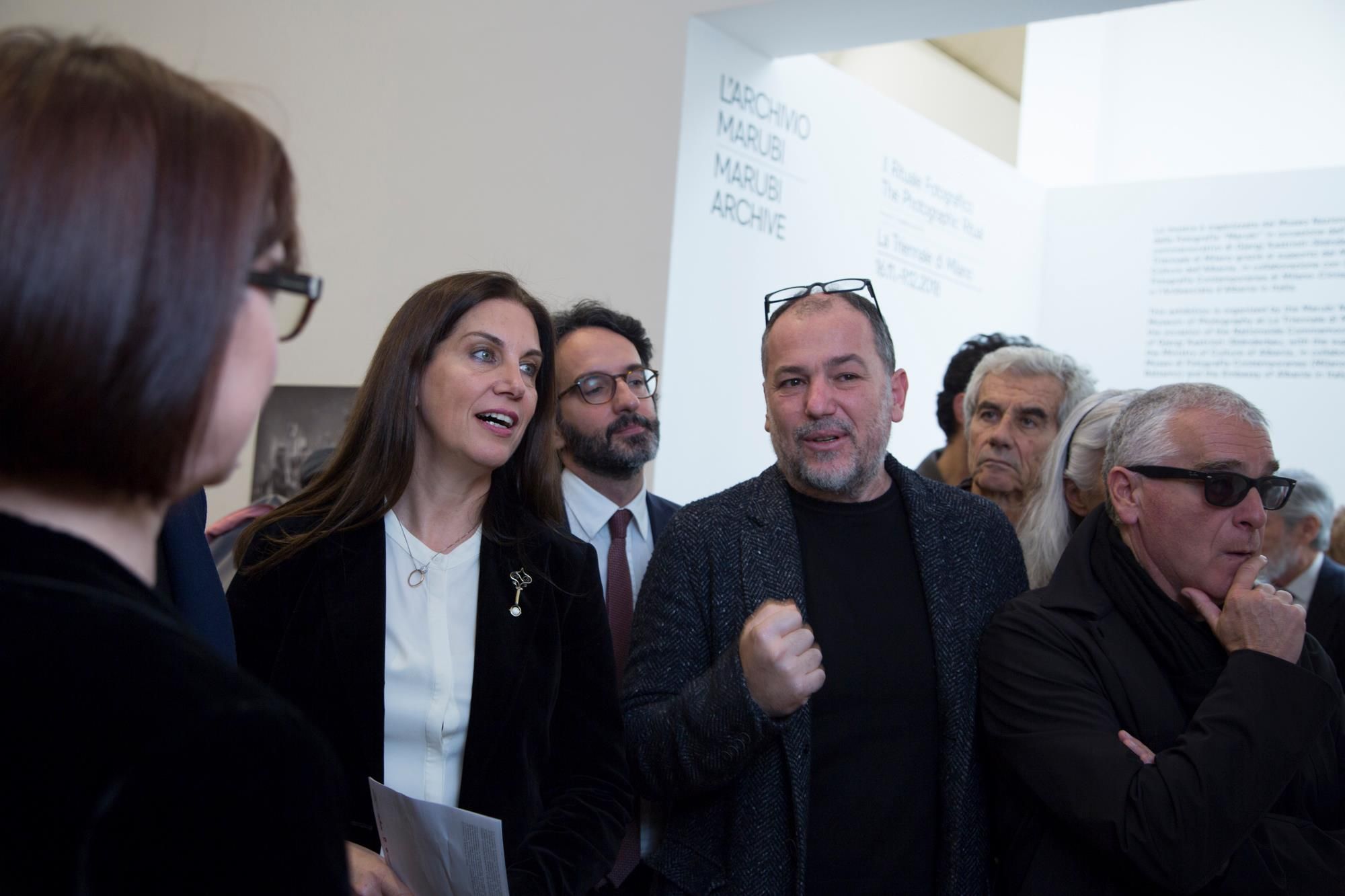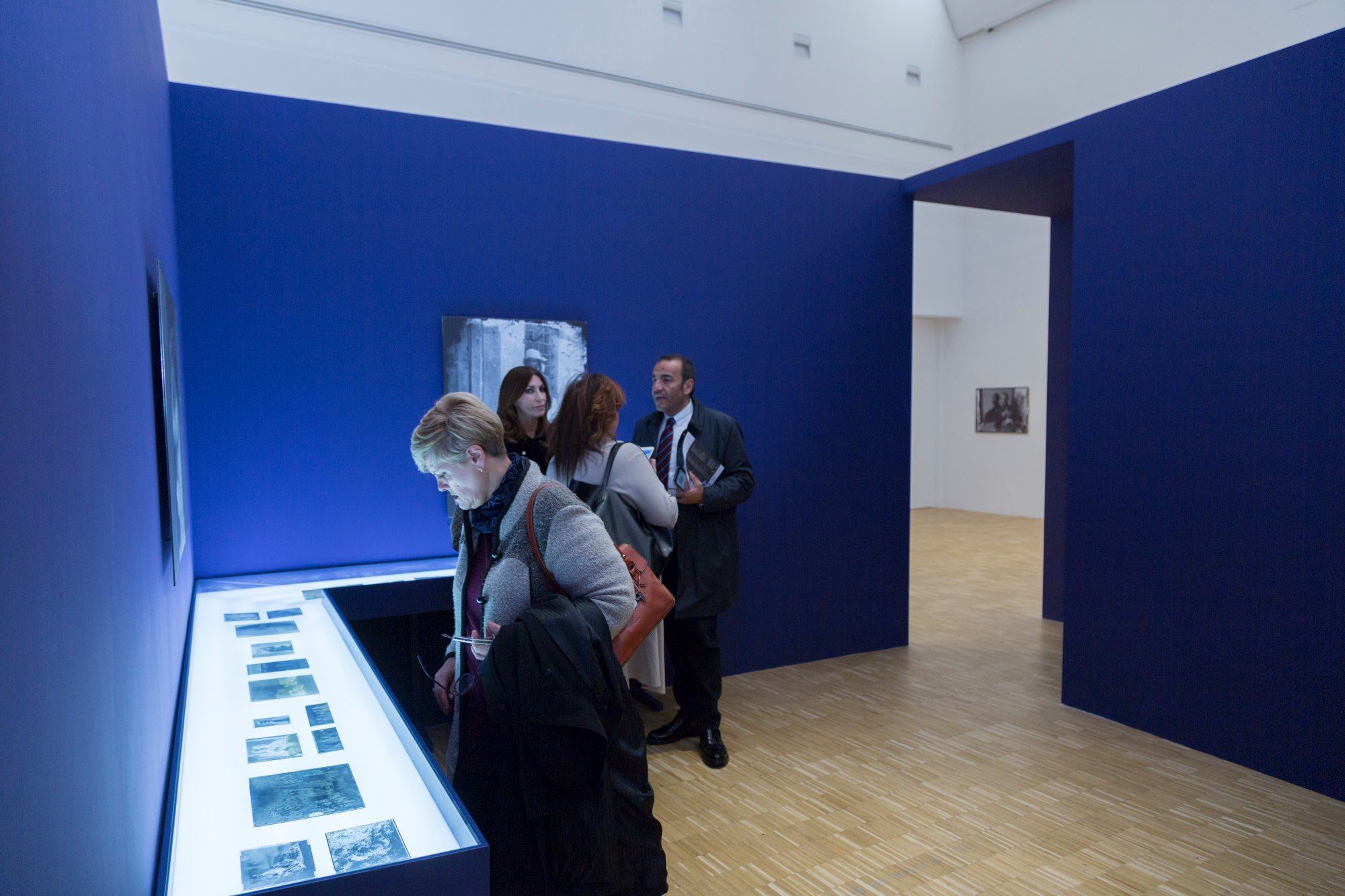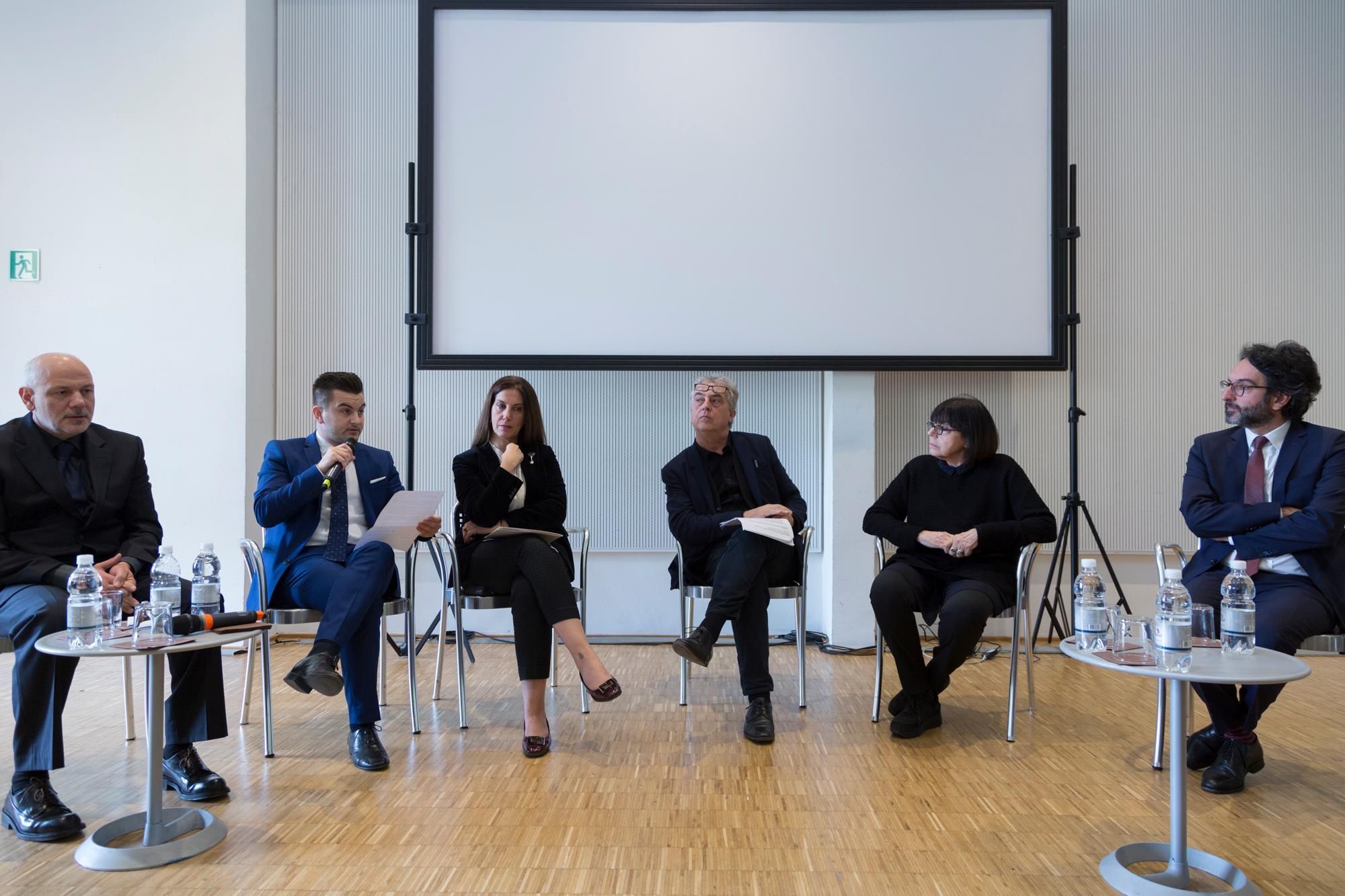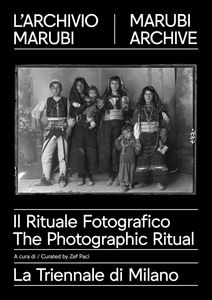Marubi Archive: The Photographic Ritual
Triennale di Milano
–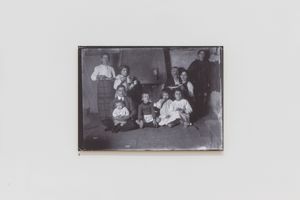
This exhibition presents a selection from the collection of the Marubi National Museum of Photography in Shkoder. Its archive contains almost half a million negatives – glass negatives and roll films – of fourteen different authors.
In this exhibition we find a selection of 150 images from the most important authors of the collection offering a multiform and eclectic fragrance of a reality which has been preserved inside an archive of negatives. This reality is reflected in the everyday life moments as well as in the practice of rituals of passage which have been fixed by the photographic ritual. The exhibition concentrates on life and its rituals.
The structure at the center of the hall encloses “in secrecy” the human conditions – love and death, illness and madness – in dialogue with a selection of negatives and the state of the things they keep on hold. The external walls of this structure surround these human conditions with the rituals that are accompanied by: birth, childhood, youth, maturity and love. In the wall of the exhibition hall we find images of places, human activities, relationships, punishments and celebrations, spontaneous and obligatory gatherings. The variety and diversity they reflect, encouraged the variety and diversity of the approaches of the photographers. The central structure with a deviated axis, offers different paths within its space. This allows the visitors to have a personal comprehensions of the photographs shown here.
Most of the images of the archive are portraits of individuals or groups posing in the studio or outside of it. This moment stuck in time is already past. When we look at a photograph, we look at something which does not exist anymore. Most of the images are more an evidence of a moment that lasted in time than of an elusive one. All had to become still in front of the photographic camera. The length of the pose required the stillness of an antique monument. Same as for the rituals of the past and nowadays societies, the photograph includes particular gestures, the manipulation of certain objects and the use of particular clothes. The photography ritual which embodied actions of symbolic values was ordered and practiced in specific cases which would create or mark that kind of passage. This might have had different purposes which were used to satisfy the spiritual or the emotional needs of the practitioners. The characteristics of this magic ritual in photography were the ritual actions and the social function. The elements we encounter there were the process, the alchemy (the magic), the environment (habitat), the attitude (habitus). Here we note the relationship between the subjects, between the subject and the photographer, the subject and the place or the scenography through their poses and gestures, their smiles and grimace. In Kel Marubi’s register “Renowned people and accurate objects” finally we could see the images of these well-known people. But, how and how long does this images speak to us? Which was the connection between their deeds, what was said or written from or about them, with their image? What do their faces, their hands, their clothes and their gestures tell us? How to compress their story in a unique pose? So we speak about photography as a ritual, one that penetrated, explained and immortalized the world of the human being with his stories, desires, dreams and rituals. The same process of taking a photograph, its phases, its target meant a ritual, which was born in the second half of the 19th century, but had been strongly desired since the dawn of humanity. I started from such considerations that later provided the title of this exhibition.
Exhibition Credits
- Exhibition venue
Triennale di Milano
- Curated by
Zef Paci
- Supported by
Ministry of Culture of Albania
Museo di Fotografia Contemporanea MuFoCo
Embassy of Albania in Italy




